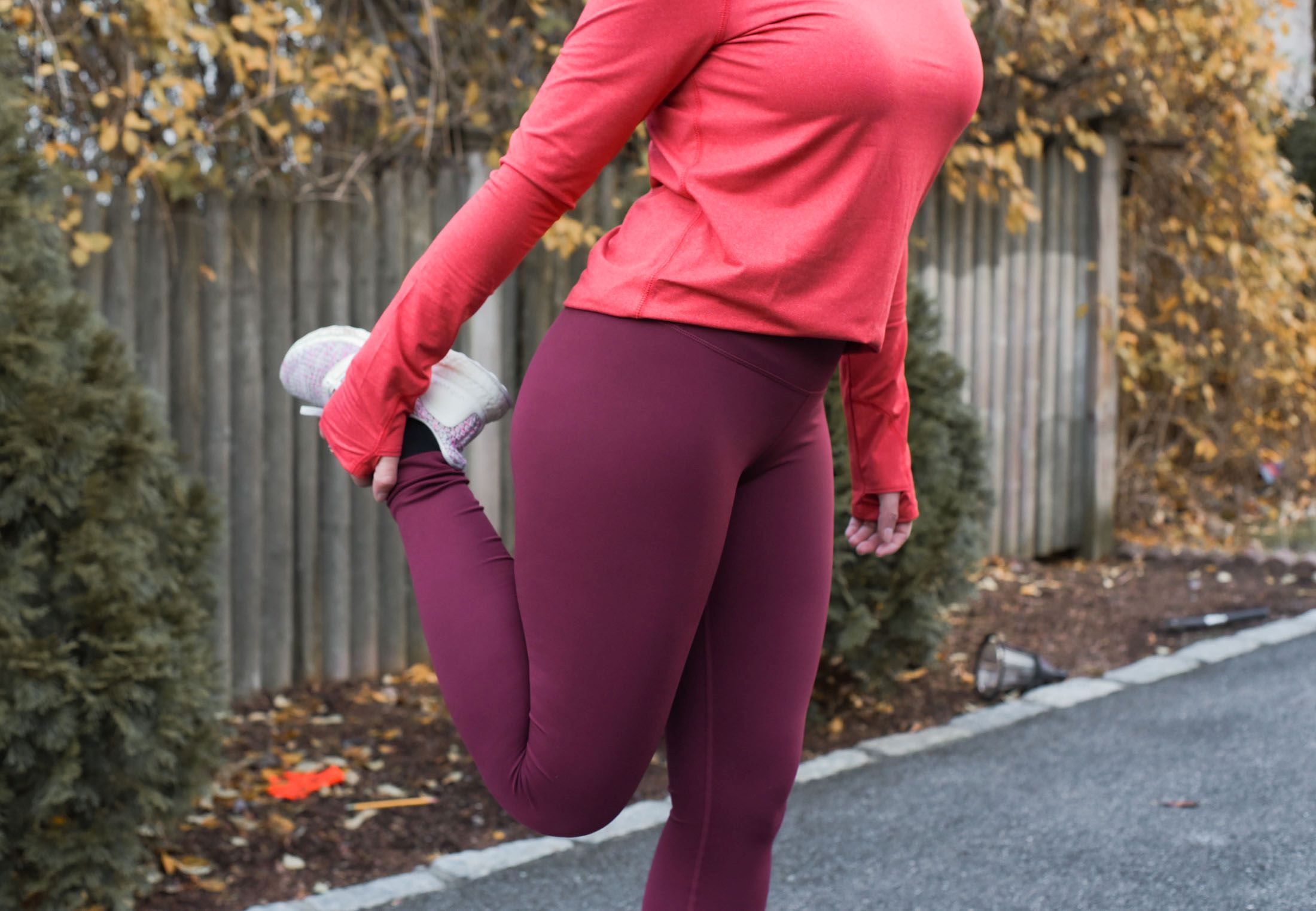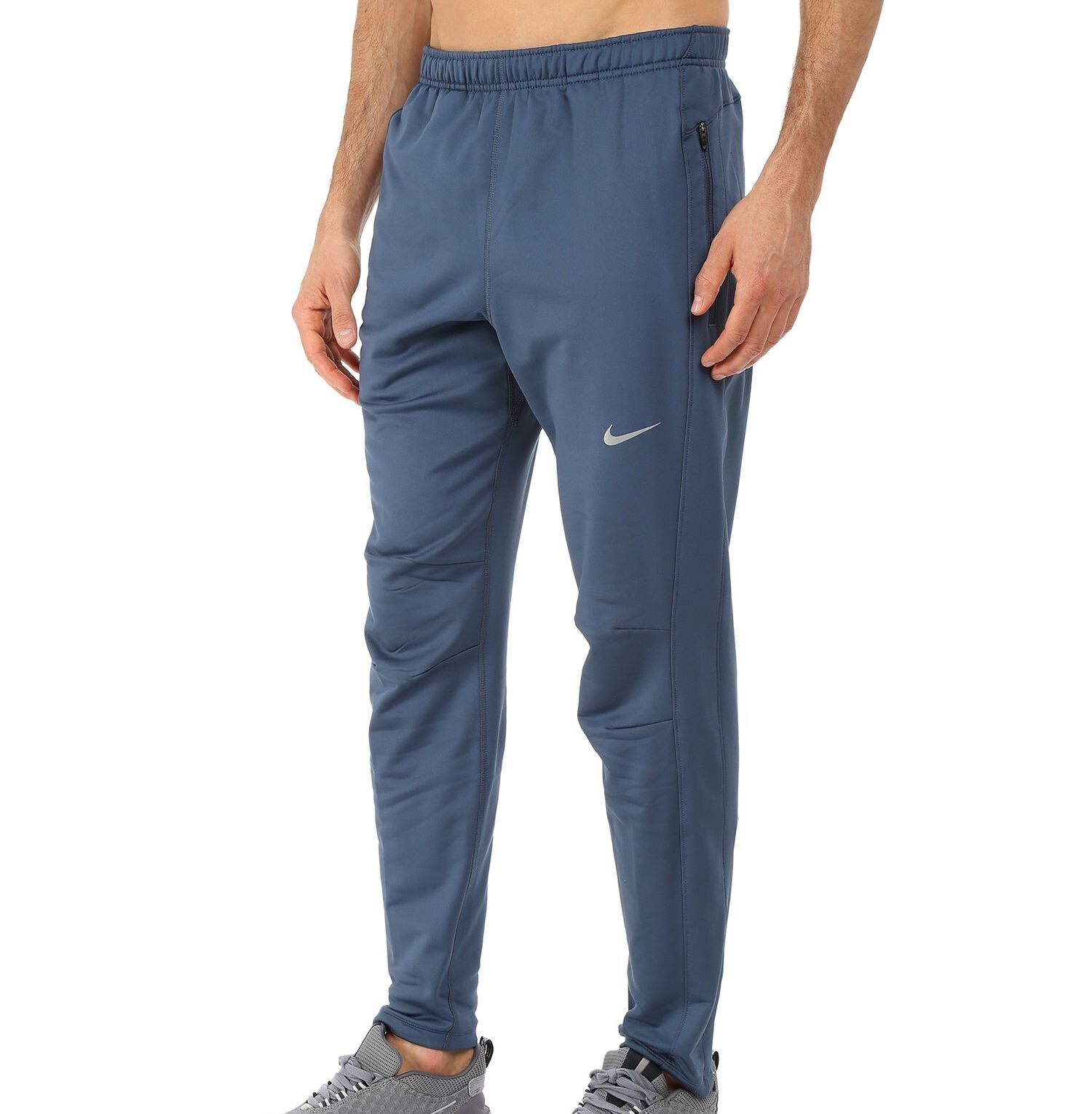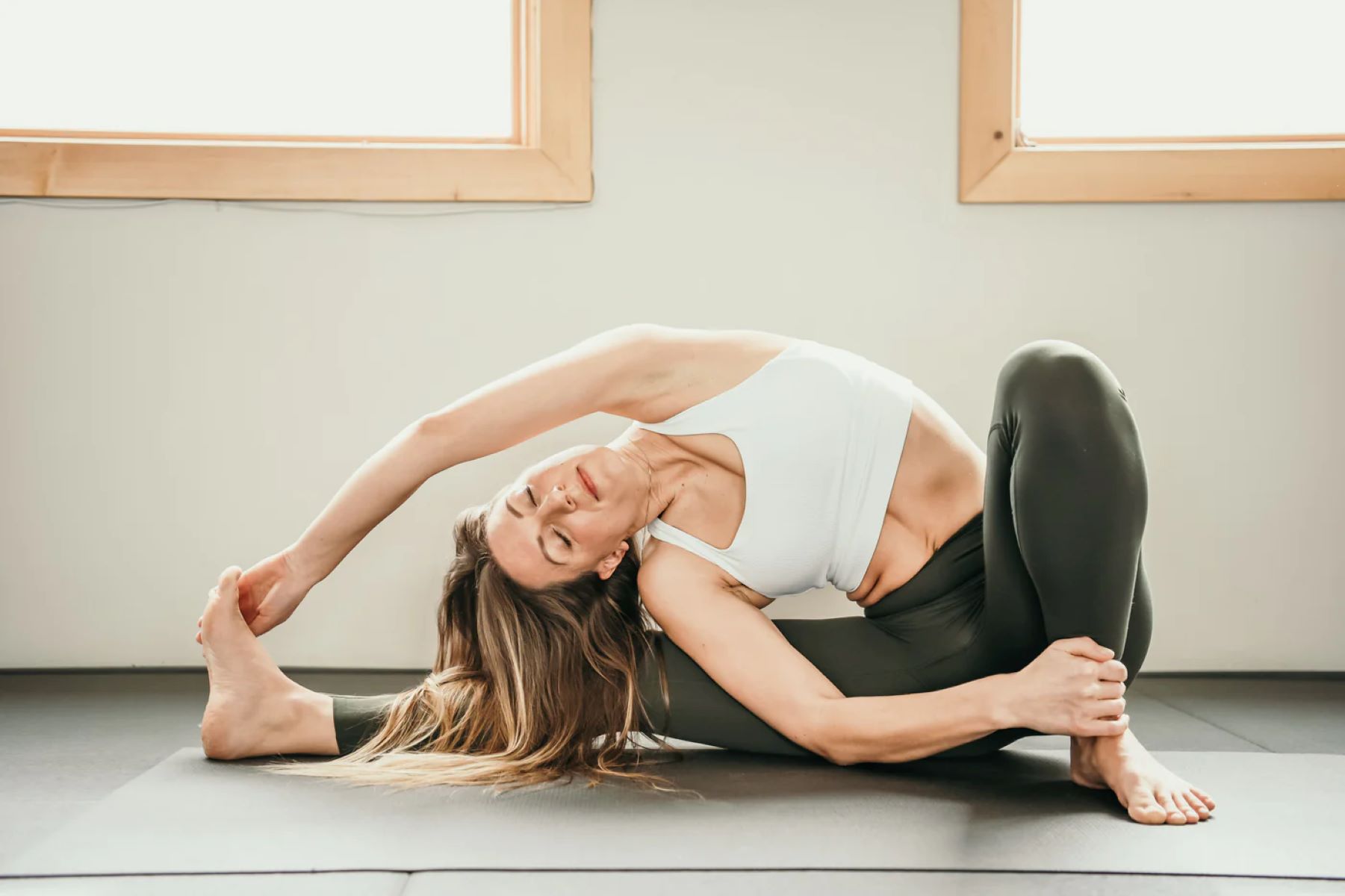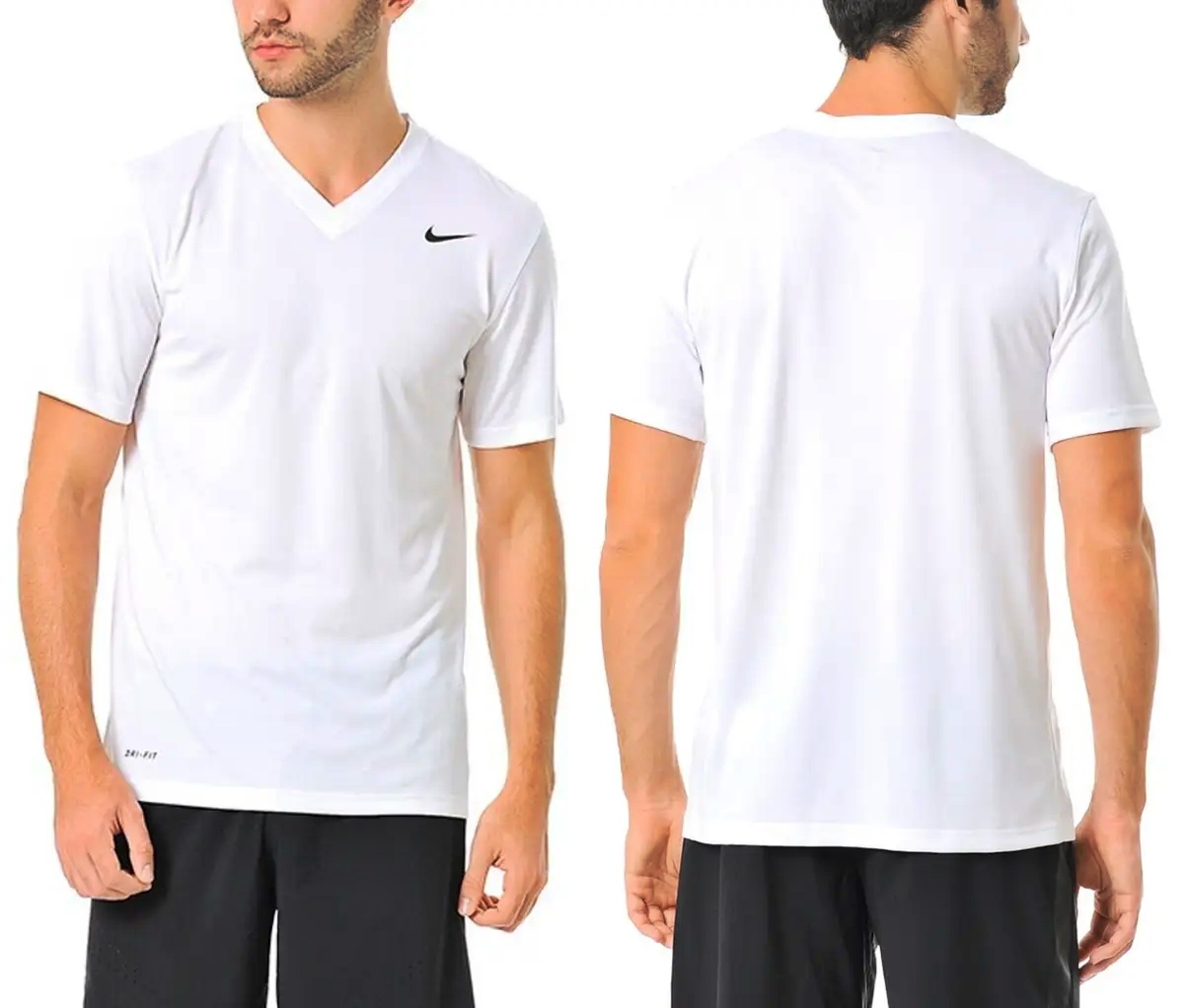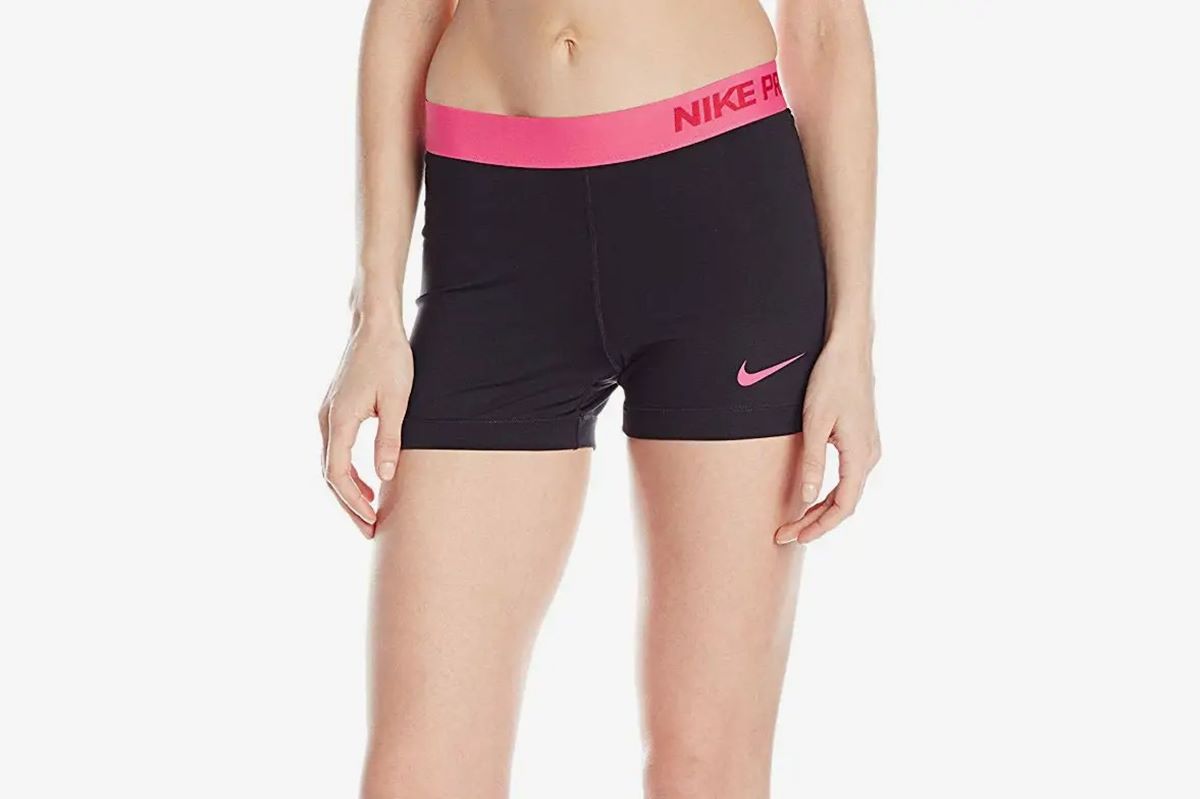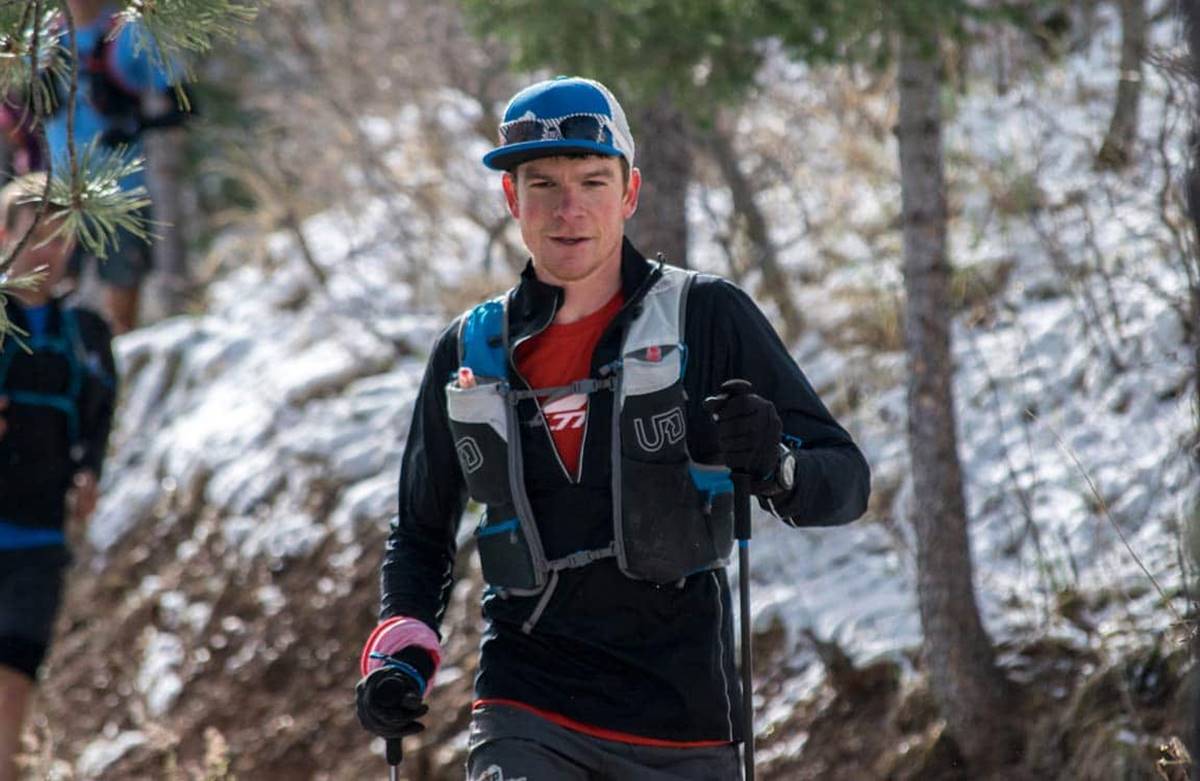Home>Shop by Brand>Brand: Best Running Shorts>How to Choose Running Shorts for Different Weather Types: A Comprehensive Guide
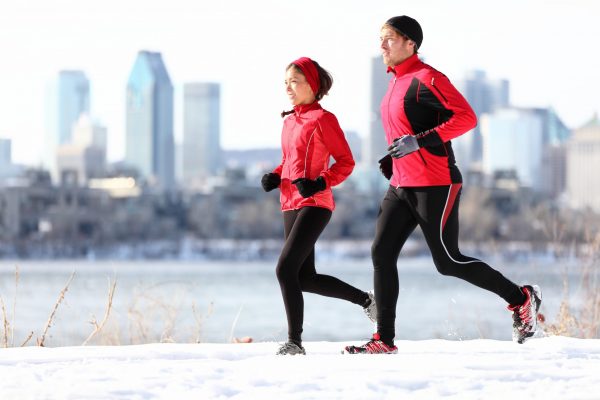

Brand: Best Running Shorts
How to Choose Running Shorts for Different Weather Types: A Comprehensive Guide
Modified: August 18, 2023
Discover a comprehensive guide on how to choose running shorts for different weather types. Explore factors such as temperature, humidity, and precipitation that influence the selection of running shorts.
Every runner knows that the right gear can make the difference between a mediocre run and a great one. In this context, running shorts often don’t get the attention they deserve. As one of the most essential pieces of running gear, the type of shorts you wear can significantly impact your performance and comfort. In this guide, we’ll take a deep dive into how to choose running shorts based on different weather types, from the scorching summer heat to the chill of winter.
Understanding Different Types of Running Shorts
Before we delve into how weather influences your choice of running shorts, let’s understand the different types available:
Split Shorts
Characterized by a split along the sides, these shorts offer maximum freedom of movement, making them a favorite among long-distance runners.
V-notch Shorts
Similar to split shorts, but the side seam meets in a “V” shape. They provide slightly less mobility but more coverage than split shorts.
Half Tights
These snug shorts offer compression, which can enhance performance and speed up recovery.
Long Shorts
They provide more coverage and are often used in colder climates or by runners who prefer extra material.
Choosing Running Shorts for Hot and Humid Weather
When running in hot and humid conditions, you want shorts that are breathable and moisture-wicking. Here are some factors to consider:
- Material: Look for shorts made of synthetic materials like polyester or nylon. They are light, breathable, and dry quickly.
- Length: Opt for shorter shorts such as split or V-notch shorts. These styles provide more ventilation, keeping you cooler.
- Built-in briefs: Shorts with built-in briefs can add to your comfort, as they reduce the need for an additional sweat-wicking layer.
- Color: Light-colored shorts reflect sunlight and can help keep you cool.
Selecting Running Shorts for Cold Weather
When the temperature drops, your shorts need to offer protection from the cold while maintaining breathability. Here’s what to consider:
- Material: Choose shorts made of material that retains heat, like thermal fabric. It should also be breathable to allow sweat to evaporate.
- Length: Half tights or long shorts are ideal for cold weather. They cover more skin, protecting against cold winds.
- Layering: Wearing thermal or compression tights under your shorts can provide added warmth.
Picking Running Shorts for Rainy Weather
Running in the rain can be a challenge, but the right shorts can make it more comfortable.
- Material: Go for water-resistant or quick-drying fabrics to stay as dry as possible.
- Length: Split or V-notch shorts are better in the rain, as they have less fabric that can get wet and heavy.
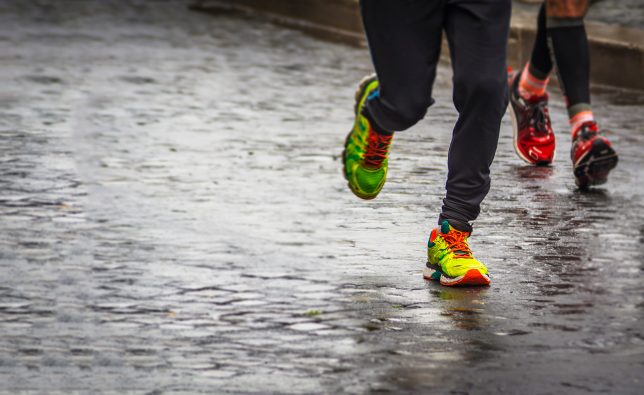
Image from Adobe
Taking Wind Into Consideration
Strong winds can make your run challenging, but wearing wind-resistant shorts can help.
- Material: Shorts made from wind-resistant material can shield you from chilly breezes.
- Fit: Opt for fitted styles like half tights to reduce the amount of wind resistance.
Conclusion
The key to choosing the right running shorts is understanding your weather conditions and picking shorts that offer comfort, protection, and functionality. Remember, the perfect pair of shorts for a summer run might not be suitable when the temperature drops. With the right gear, every run can be a step towards your new personal best, regardless of the weather.
FAQs
What are the best running shorts for hot weather?
Look for shorts made from lightweight, breathable, and moisture-wicking materials. Split or V-notch shorts are ideal as they provide excellent ventilation.
Can I wear running shorts in winter?
Yes, but opt for longer styles like half tights. Layer them over thermal or compression tights for added warmth.
How do I choose running shorts for rainy weather?
Choose shorts made of quick-drying or water-resistant materials. Split or V-notch shorts are preferable as they have less fabric to get wet and heavy.
Are some shorts better for windy conditions?
Yes, opt for shorts made of wind-resistant materials. Fitted styles like half tights can reduce wind resistance.
Can I wear the same shorts in all weather conditions?
While it’s possible, it’s not advisable. Different weather conditions call for different types of shorts for maximum comfort and performance.

